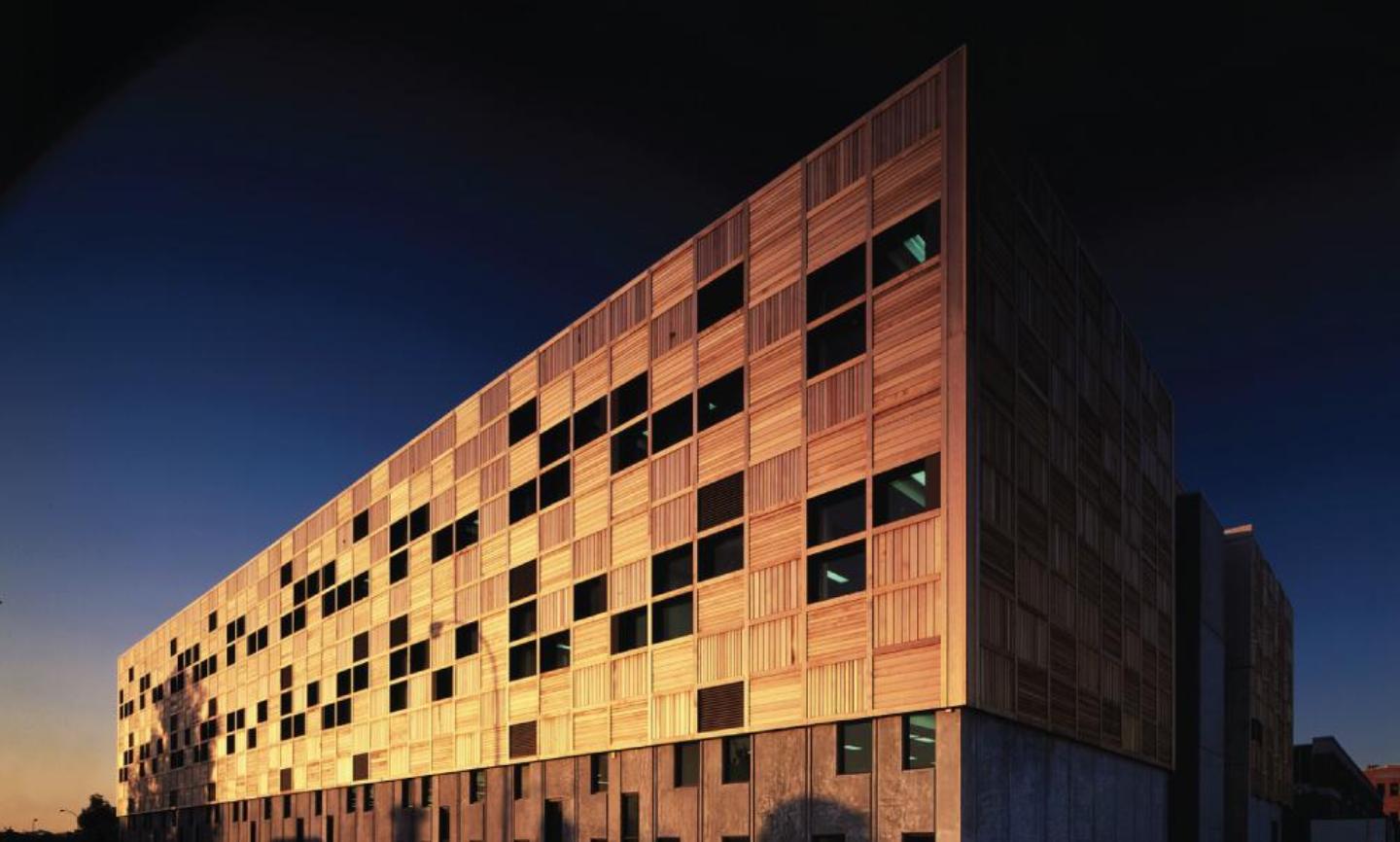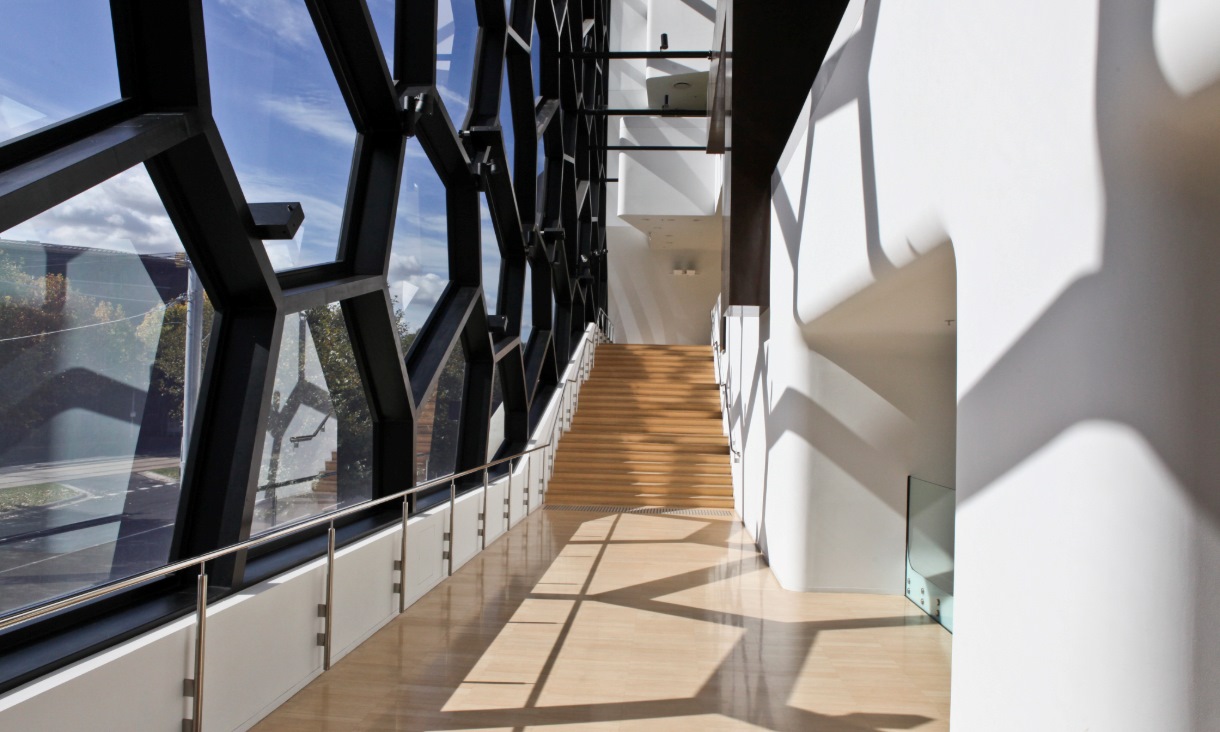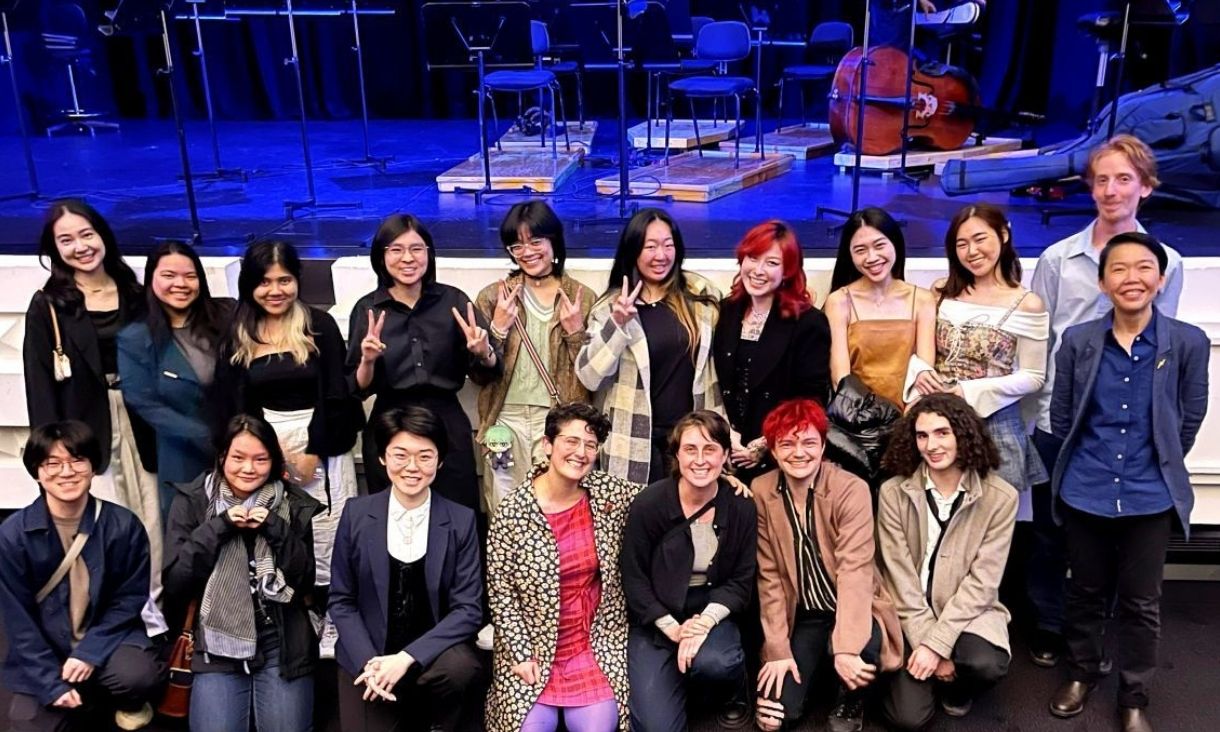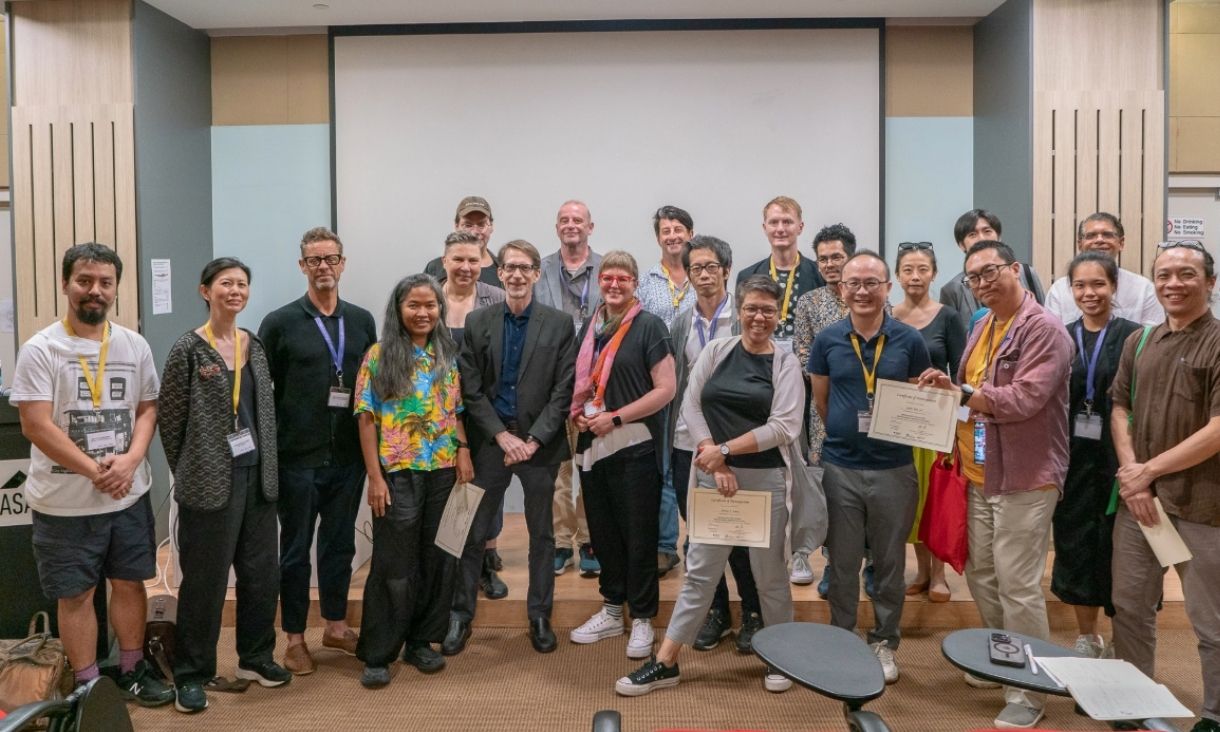Dr Kate Sala is an Associate Lecturer in RMIT’s School of Fashion and Textiles and an expert in sustainable garment design and production, and transparency in supply chain dynamics.
She says in fashion, collaboration has brought exciting new possibilities to the industry as experts across a range of fields work to find technological solutions to the industry’s most pressing problems.
“Technology has been solving issues in the industry for a long time, enabling innovation and reducing demand on existing products and processes,” she says.
“We’re seeing everything from regenerated fibres and entirely new materials to living microbes that reduce dye waste, lifecycle tracking solutions for the whole industry and apps for renting, buying and swapping clothes.”
She says digitisation could be set to radically redefine retail shopping experiences with the COVID-19 restrictions a timely catalyst for changing the way brands reach consumers in news and engaging ways.
Fashion isn’t the only industry leaning into the benefits of technology and Noel Waite from RMIT’s School of Design says cloud-based software has enabled designers to adapt to the changing environment.
“Technology is making our work possible during the pandemic. It’s allowed us to have designers distributed all across Melbourne, even globally, and keep working and collaborating,” he says of RMIT’s Master of Communication Design students.
He says designers can pivot from a face-to-face exhibition to an online one in a very short space of time, and this is another example of how technology is helping designers reimagine the way work is done and shared beyond physical boundaries.
“We’re really fortunate locally to have Geelong and Melbourne as part of UNESCO’s Creative Cities Network. This kind of network really allows creatives to think about how design can develop sustainable and inclusive cities.”
“That kind of human-centred and ecologically sustainable creativity is all built on collaboration between people using technology to create sustaining solutions.”
Story: Grace Taylor
This discussion was part of the #RMITechMatters live webinar series.





